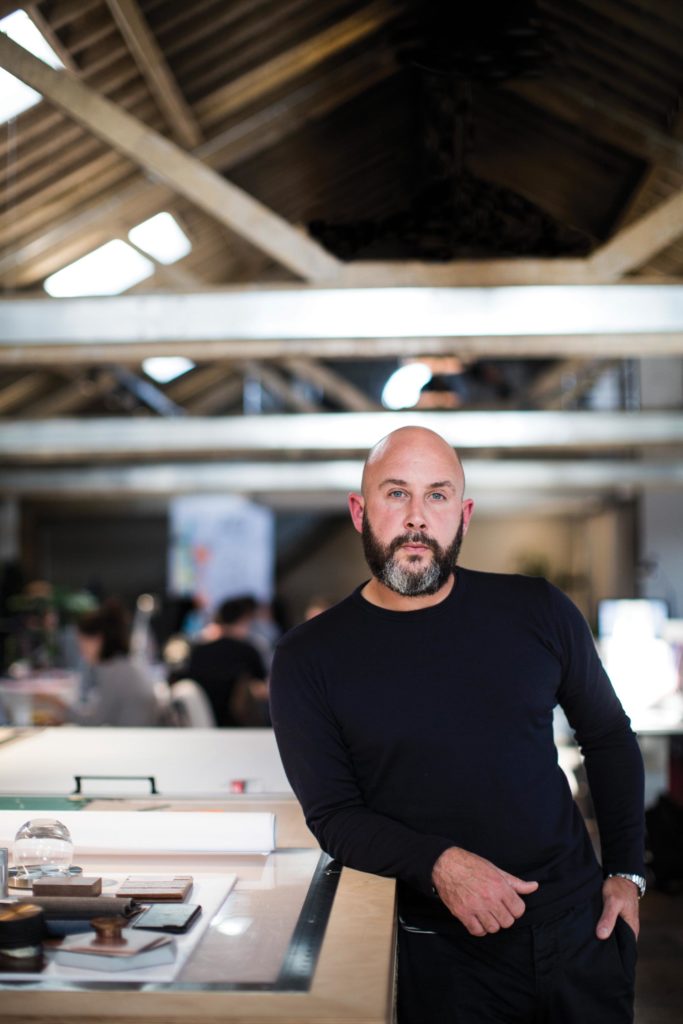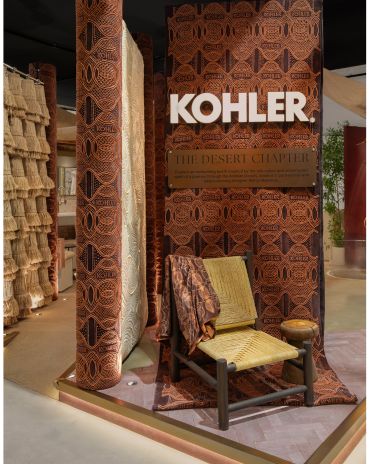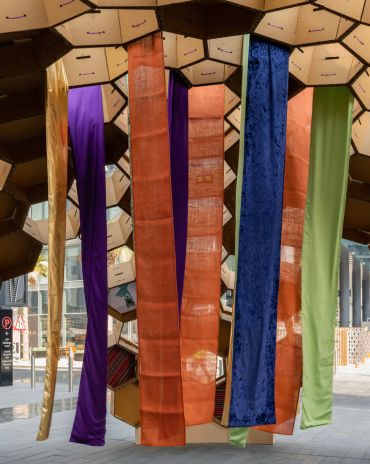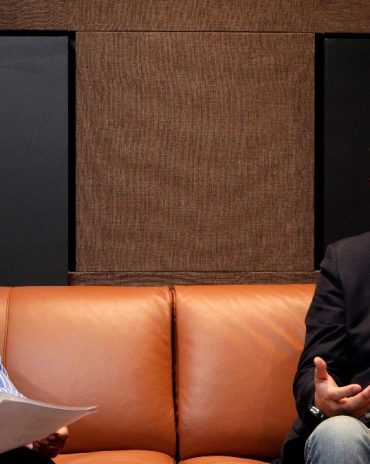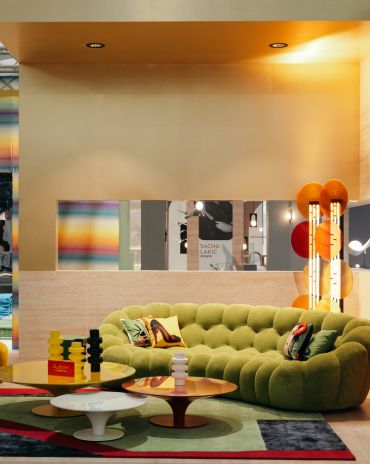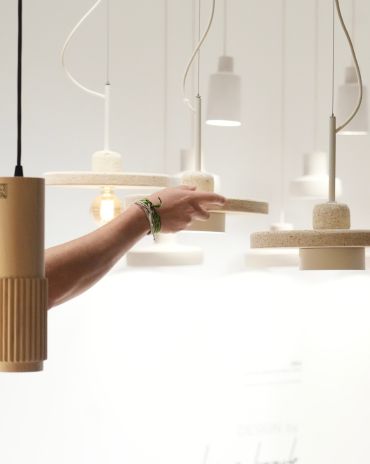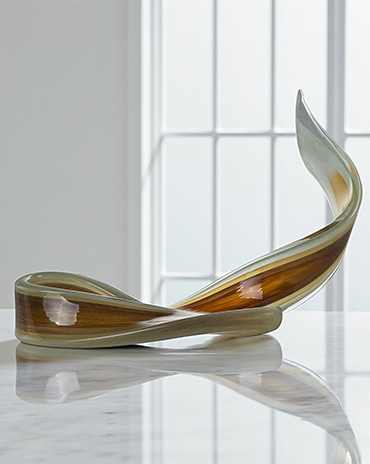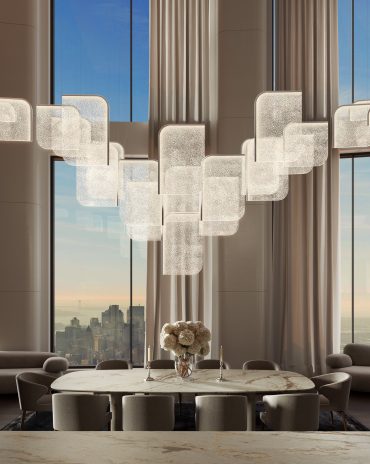Copyright © 2025 Motivate Media Group. All rights reserved.
Richard Stevens believes in design
Former id Design Awards juror + forpeople founder has a progressive vision.

While many tout a commitment to working collaboratively, few have the humility to adhere to their principles as their careers skyrocket. Richard Stevens, one of the UK’s most revered and successful designers, has proven that his sincere belief in collaboration and in creating a positive design ethos is the recipe for success.
“The key thing we encourage our designers to remember is that design is about doing the right thing for the right reasons. It isn’t about decoration. It’s about striving to anticipate the best answer to a real customer need, in a way that works for business and the world around us,” he explains.
With a firm foundation in interdisciplinary work, he first emerged on the global scene as chief designer at Ingeni, Ford Motor Company’s global design centre at the time. There, he led advanced automotive design programmes for premier automotive brands including Aston Martin, Jaguar, Land Rover and Volvo. After a short time as Design Director at global branding agency Fitch, he founded forpeople in 2004 – with just, perhaps appropriately, four people.
The firm has grown to over 100 people – and has a stunning new studio in a remarkable old pickle factory in South London, where the team delves into projects that include industrial design, strategy and insight, interiors, forecasting, user experience and brand communications.
With Stevens at the helm they’ve developed strong relationships with premium global brands such as Alfred Dunhill, The Boeing Company, BMW i, The Coca-Cola Company, Cunard, Ford Motor Company, Fujitsu, Intercontinental Hotels Group, Panasonic, Tata and Yamaha.
Their longest-standing client is British Airways, for whom the firm has developed products, services and experiences that have helped redefine airline travel. After being appointed Creative Director in 2013, Richard was asked to oversee all customer experience projects while helping to redefine the future role of design and innovation at British Airways. His creative direction has helped secure the airline the position of No.1 UK Superbrand for the past three years running.
“Our first task is always to find out as much as we can about who we’re designing for and why. Then, everything we create should be based on our understanding of the total experience. Because design never happens in isolation, people experience design as part of their everyday lives, so that’s the way we have to think about it,” he says.
He elaborates: “Once we have a complete understanding we can create anything from the big picture to the smallest detail, applying our creative intelligence and intuition to purpose, people and context; confident that we always answer a real need with the right solution. Our continued success depends on us applying the above to everything we do and investing everything we learn back in to the relationships we have developed.”
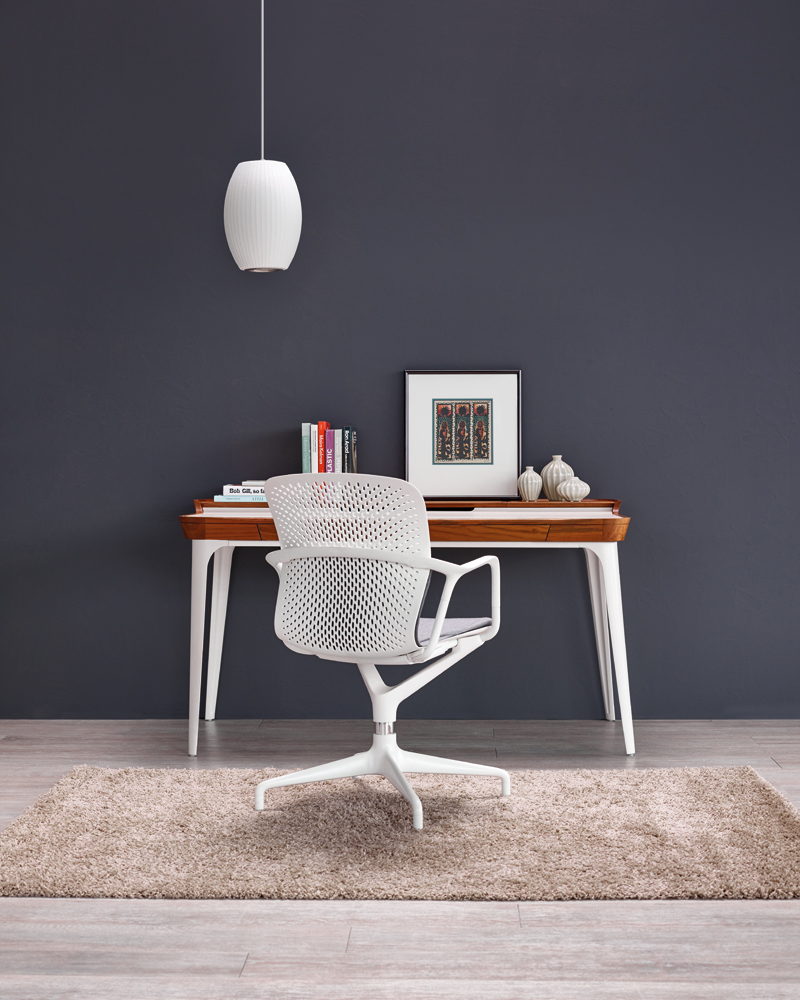
Our design challenge is to always deliver the ultimate experience in the most responsible way. – Richard Stevens
Stevens’ last year at forpeople reveals the power of this strategy. “The biggest change has been our emergence as designers for the workplace, through our relationship with Herman Miller. It has meant a huge amount of travel in the past year, to pretty much every continent around the world. [It was] an incredible opportunity to get feedback first-hand, as well as gain new insights from customers, dealers and A&D audiences,” he says.
The Keyn chair for Herman Miller – designed specifically for those challenged by sitting still – reflects the agency’s nuanced approach.
“When you work with Herman Miller you can’t help but be influenced by (and slightly in awe of) their design heritage,” he says. “However, some of the most exciting influences on projects come from being involved in and seeing what’s coming next. And that comes through immersing ourselves in new materials, technologies and processes. And going out of our way to understand the needs of people around the world. If I am honest, I’m not often inspired by other designers. And I am really not interested in design for design’s sake,” Stevens reflects.
Reviewing the work of the region’s top designers as an id Design Awards juror has also influenced how he thinks about design. “Being a juror encourages you to think objectively, which is one of the hardest (but most important) things to do when you are in the midst of a complex design challenge. So, it’s simply good practice!” he explains.
The id Design Awards are in sync with his overall view that design is a crucial way to promote important global conversations. “The awards are important because they provoke conversation, recognise talent and offer us new perspectives and insights around the shifting design challenges and trends of the region, as well as globally,” Stevens continues.
His advice to those entrants who want to succeed in the region and globally is clear: “Always be willing to compromise. And by that I don’t mean compromise the quality of your work or output, but compromise your thinking that as a designer the way you want to do something is always the right way. By doing that, you will learn from others, work better with others and create better solutions as a result.”
He was surprised in many ways. “I was surprised (and impressed) by the restraint of most of the projects. Big budgets often mean that big impressions need to be made. It would be interesting to compare previous entrants and winners to see how the region’s design direction/aesthetic has evolved. I would guess that restraint has emerged relatively recently. The interesting challenge is how the region defines what it has to offer globally, from a design perspective.”
British Airways“What inspires me about the region is how progressive it is. There seem to be no blockers to innovation and the opportunity to pioneer, which attracts the world’s creative leaders.”
This lingua franca of communication via commerce has changed in important ways and Stevens finds this both encouraging and challenging – and makes an important claim about the role of generating crucial critical thinking skills.
“Design has the opportunity to play a far greater role in the commercial world, going forward. Firstly, designers are really good at observing, understanding and articulating (unarticulated) need, then translating that into solutions using their design skills, working out solutions as they observe the problems. Secondly, designers play an intrinsic part in generating intellectual property for their clients. Anyone, anywhere can copy design from an aesthetic perspective but it’s far more difficult to copy great thinking based on an understanding of what people want, before they know they want it.”
Yet Stevens pauses when it comes to the future of the field and its complex array of social, economic and environmental issues.
“Considering the wider social applications, great design has always been about achieving more with less – removing the unnecessary and the wasteful; reducing visual clutter, using fewer raw materials, reducing weight and saving energy. Today that’s about more than just elegance and simplicity; it’s about doing the right thing for the planet. So, we think that if it doesn’t add anything – take it away! Our design challenge is to always deliver the ultimate experience in the most responsible way.”
Stevens also has an abundance of hope and enthusiasm regarding the special challenges that British designers are facing.
“As a leading British design company employing talent from around the UK, Europe and around the world, we are all trying to predict what Brexit will actually mean in 2017 and beyond. However, I think it’s a great opportunity for businesses like ours, based in Britain, to lead the way and show the world just how much creativity we have to offer.”
After all these successful years as a design leader Stevens maintains a vital level of curiosity and charm. “As people’s lives (and therefore projects) get ever more complex I crave simpler problems to solve!” We know he’ll always lead us in the right direction.
The Latest
Maison Margiela Residences
Conceived by Carlo Colombo, these bespoke residences will be located on the Palm Jumeirah
The Desert Chapter by Kohler and Marco Maximus
A fusion of design, culture, and the colours of nature
Downtown Design 2025 – The Highlights
A showcase of innovation, craftsmanship, and design excellence
In conversation with: Simon Wright of TGP International
identity interviews the Chairman and Founder of TGP International on the beginnings of the business and how the company shapes human experiences and memories in the hospitality industry.
We Design Beirut Edition Two: A Collective Revival
Uniting designers, artisans, and visionaries to reimagine Beirut’s future
Carving the Future of UAE Design at Downtown Design
Finasi and Pallavi Dean from Roar help shape culture, craft, and creativity all made in the UAE
Tashkeel Unveils Tanween Collection 2025: A Fusion of Heritage and Innovation
The program Emirati designers to craft sustainable, culturally rich futures
Roche Bobois Makes a Bold Debut at Downtown Design 2025
Where artistry, colour, and craftsmanship converge to redefine luxury living in the Middle East
Highlights from Feria Hábitat València
The fair received over 40,000 visitors this year, even after being shortened to a three-day event
Things to Covet
Here are some unique pieces and home accessories that can add a refined touch to your home
Dubai Design Week 2025 Unfolds: A Living Celebration of Design, Culture, and Collaboration
The 11th edition of the region’s leading design festival unfolds at Dubai Design District (d3)
Preciosa Lighting Unveils ‘Drifting Lights’ at Downtown Design 2025
The brand debuts its newest 'Signature Design' that explores light suspended in motion

